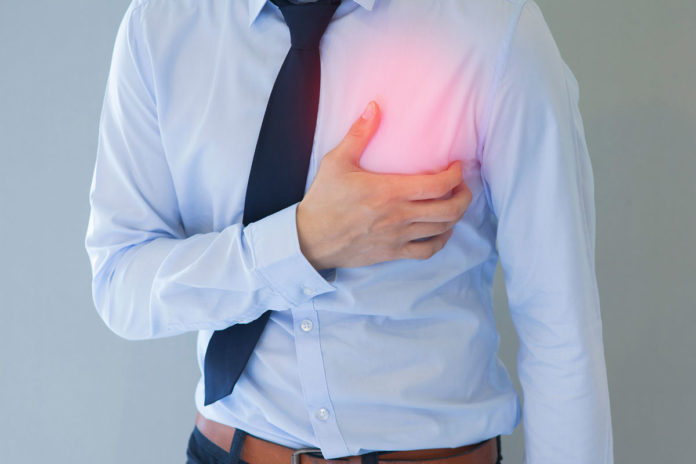Male breast cancer is very rare. According to statistics, less than one per cent of all breast cancer cases develop in men and only one in a thousand men will ever be diagnosed with breast cancer. Breast cancer in men is usually detected as a hard lump underneath the nipple and areola. Survival rates for men are about the same as for women with the same stage of cancer at the time of diagnosis. However, men are often diagnosed at a later stage, which could be because men are less likely than women to report symptoms, leading to delays in diagnosis.
Signs and symptoms of breast cancer in men
Although the most common sign of breast cancer in men is a painless lump or thickening in the breast or chest area, any of the following changes in the breast or nipple can be a warning sign:
- Lump, hard knot or thickening in the breast, chest or underarm area – usually painless.
- Change in the size or shape of the breast.
- Dimpling, puckering or redness of the skin of the breast.
- Itchy, scaly sore or rash on the nipple.
- Pulling in of the nipple (inverted nipple) or other parts of the breast.
- Discharge from the nipple.

These symptoms may also be signs of a benign breast condition. However, it is important to see a health care provider without delay, as some of these signs can be easier to notice in men since they have much less breast tissue compared to women.
Types of breast cancer in men
Most breast cancers, for both men and women, begin in the milk ducts of the breast (invasive ductal carcinomas, which means cells in or around the ducts begin to invade the surrounding tissue). Fewer than 2 per cent of breast cancers in men begin in the lobules of the breast (invasive lobular carcinoma).
Risk Factors
- Radiation exposure
- High levels of the hormone oestrogen
- Family history of breast cancer
- Age (most cases affect men over the age of 60)
- Obesity (a Body Mass Index of 30 or more)
Treatment
The treatments used for breast cancer in men are same as for women. Treatment is decided by the stage (size) of the cancer and whether the cancer cells have receptors for particular hormones or biological therapies.
In most cases, surgery is used to remove the cancer, along with a section of the breast. This may be followed by a long-term course of hormone-blocking therapy using medication, usually a drug called Tamoxifen (it helps block the effects of hormones known to stimulate the growth of cancerous cells in breast tissue).
For men diagnosed with invasive breast cancer, the surgeon may remove some of the lymph nodes from the armpit or the surgeon may check the lymph nodes closest to the breast using a procedure called sentinel node biopsy.
In some cases, radiotherapy or chemotherapy may be used for the same purpose. Hormone therapy and Biological therapy are also seen as treatment options.

